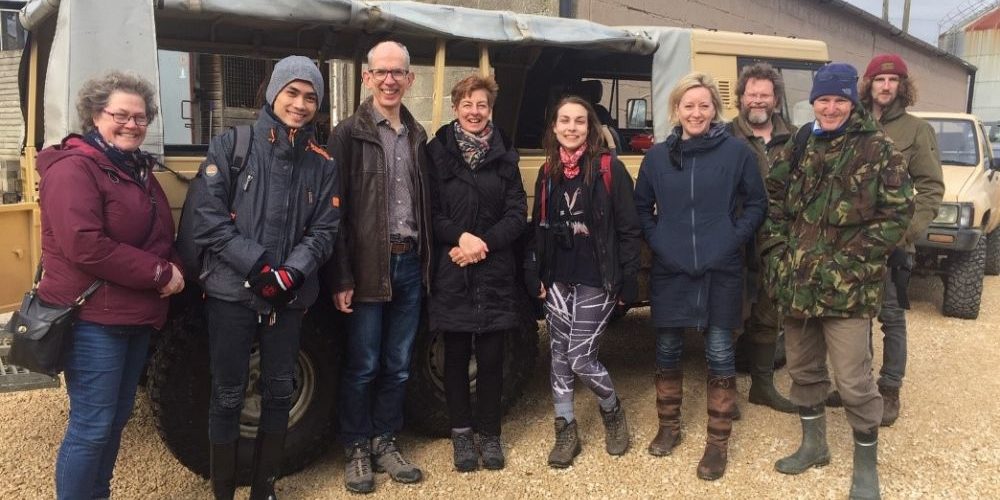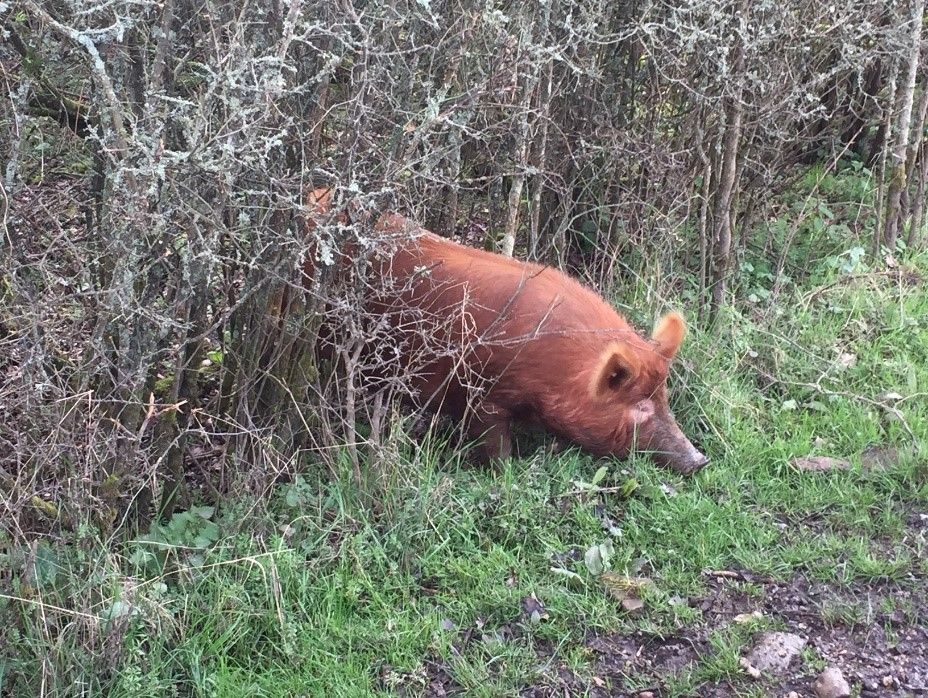
One of the UK’s bestselling books in 2019 was Wilding by Isabella Tree. This tells the story of the transformation of the 4,000 acre Knepp Estate in West Sussex from a conventional milk and dairy farm to England’s leading rewilding centre.
The transformation started some 20 years ago when Isabella’s husband Charlie Burrell who owned the estate realised that conventional farming in the heavy clay soils was not economic. The philosophy behind Knepp is that it is a self-willed landscape that allows nature to take its own course. This is a very different philosophy to most conservation projects that are looking for a desired outcome.
That said it has not been a case of simply leaving the land alone. In a fully functioning landscape there is always the interplay between succession (e.g. from grassland, to scrub and to woodland) and disruption that is caused by the big animals disturbing the landscape. Originally this would have comprised large animals such as aurochs, and rooting animals such as wild boar. Unfortunately aurochs are extinct and wild boar cannot be used at Knepp because of safety concerns with the public who use the footpaths and bridleways that pass through the Knepp Estate. So the management have to use proxy animals for the real thing. Longhorn cattle stand in for the aurochs and Tamworth pigs have been a good alternative for the wild boar. Other land animals on the estate are Exmoor ponies and there are also wild deer. Knepp are also very excited that after many years they have been granted a licence for beavers – one of the main keystone species for wilding a landscape.
Then there are the birds. Knepp now has the highest breeding pairs of nightingale in the county and it is also one of the last havens for the highly endangered turtle dove. In 2019 white storks were reintroduced at Knepp- the first time they had nested in the UK for 400 years!
A few months ago I wrote a piece on rewilding and sent it over to Knepp to check for accuracy. This led to a meeting with Jason Emrich who is the manager at Knepp. We discussed some of the legal issues that Knepp has to look at, primarily relating to animals escaping. That then led to my offering to provide some pro bono legal advice to Knepp. I mentioned this to a UKELA Wild Law colleague, Zaneta who works for Clyde Co and then Jason invited us over to Knepp.
And so it was that a group of nine of us went to visit Knepp in March. It turned out to be our last weekend of freedom before Coronavirus required us all to go into lock down!

First off Jason gave us a slide show outlining the changes at Knepp and some of their successes in turning the estate into a biodiversity hotspot. Next we all got into an all-terrain vehicle and went round part of the estate. We saw how the land had been transformed from featureless ploughed fields into a mosaic of scrub and small trees which was full of wildlife. We saw a stork’s nest (later we saw a stork in flight) as well as an inquisitive Tamworth pig.
Next we took part in the annual deer count. It is important that Knepp management know the approximate number of deer on the estate (and of which species) and ensure that their numbers are within the ecological balance. Of course deer in the UK do not have any natural predators (principally lynx and wolf) and so numbers can only be restricted by shooting. Jason took our party to a field in the Southern Block and in a fairly straggly line we walked across looking out for any deer we saw and noting the time we saw them, their location, the species and sex. This information is then plotted onto a map.
After that it was back to one of the farm buildings for tea and cake kindly provided- and a good chat to Charlie and Jason about rewilding and what we need to do to build biodiversity back into the UK. There is a huge challenge ahead but the Knepp story has shown what amazing things can be achieved if you just give nature a chance.
